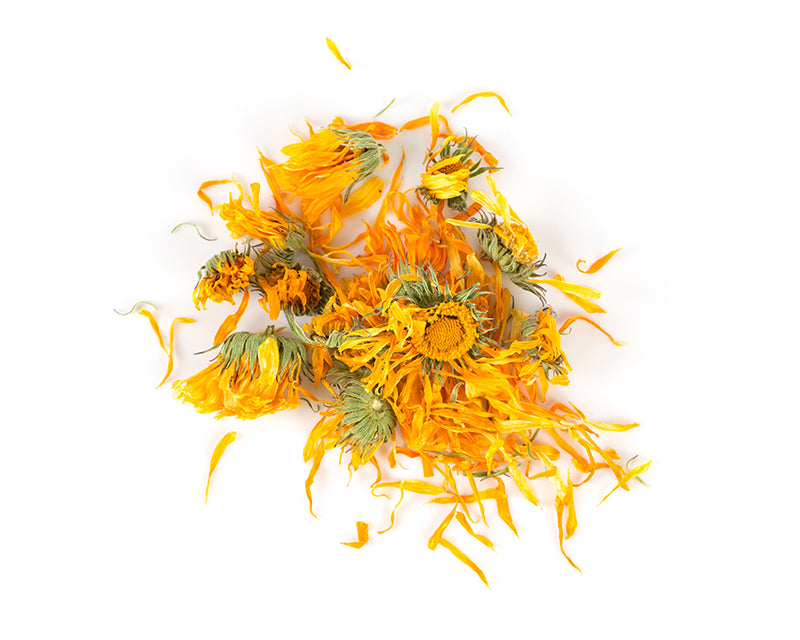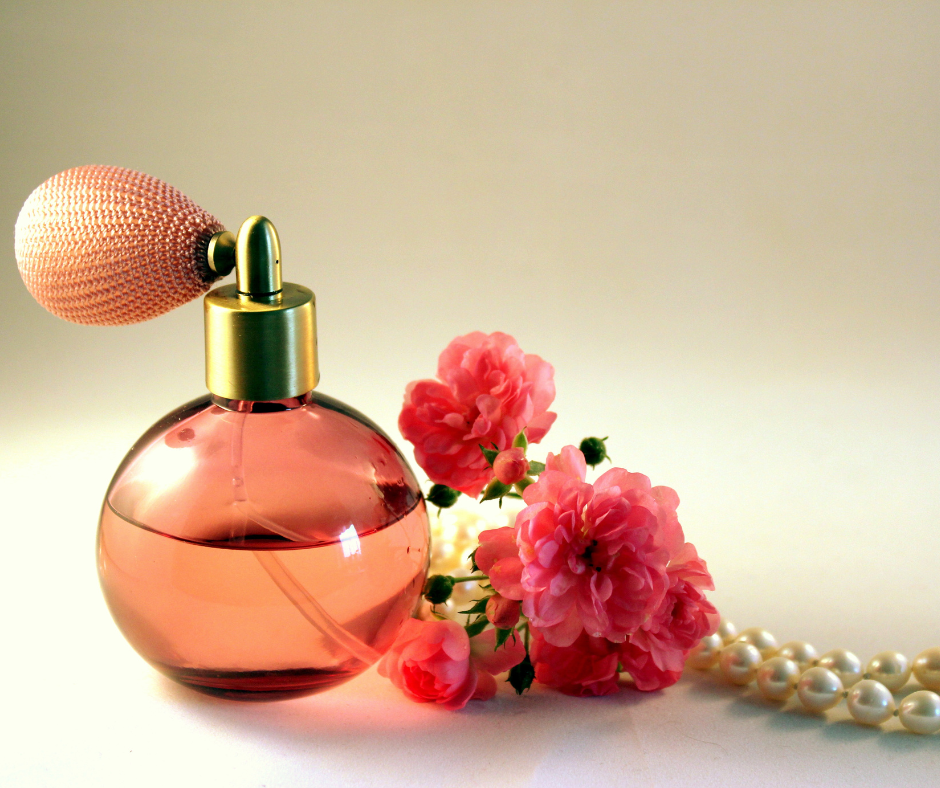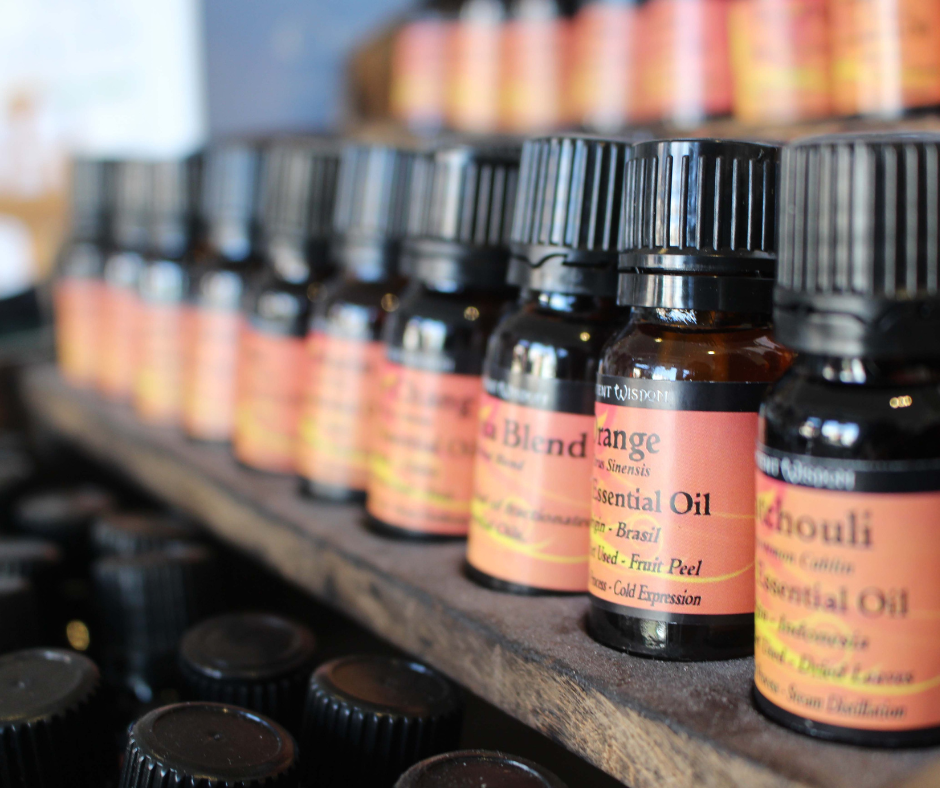Your Cart is Empty

It is so important to protect your child’s skin from the damaging effects of sun exposure year-round. The summer months bring plenty of fun, but it is especially vital around this time to consider your little one’s skincare. Excessive sun damage can put your child at risk for blisters, burns, and dry, irritated skin. Luckily, the right skin care routine used regularly can reduce short-term skin concerns and help prevent even worse outcomes, such as skin cancer.
Below is a list of ten simple sun care tips that will help prevent damage to your children’s skin from infancy into their teen years and beyond.
Newborn and infants’ skin is very vulnerable to sun damage. This is mainly due to the decreased amount of melanin at this age. Melanin is a natural substance that gives the skin its pigment and provides a small amount of sun protection. Due to the sensitivity of newborn and infants’ skin, it is essential to protect them from the sun by keeping them out of the sun instead of using sunscreen.
Seek shade or stay indoors between 10AM and 4PM. Be sure also to always walk on the shady side of the street. If you decide to take a walk during peak sunlight hours, remember to use the sun shield on your stroller to protect your baby’s delicate skin.
Protective clothing is essential during the summer. Dress your little one with a wide-brimmed hat and cover their arms and legs with long sleeves and lightweight pants, preferably made of tightly woven fabric. It is essential for babies and children to wear sunglasses that have 100% UV (ultraviolet) protection because their eyes are still developing protective melanin as well.
It’s important to remember that there are two types of UV rays: UVA (ultraviolet A) rays penetrate deep into the dermis, which is the thickest layer of the skin. UVB (ultraviolet B) rays burn the superficial layers of the skin.
Did you know that your child may be exposed to damaging UVA rays in your car? Glass windows in cars filter out UVB rays, which are the main cause of sunburn, but UVA rays can still penetrate. Exposure to UVA rays may not be readily visible, but it is just as damaging. Excessive UVA ray exposure may lead to skin cancer later in life, so it is important to protect your child’s skin from both UVB and UVA rays.
By law, front windshields block UVA rays – but side and rear windows do not. When riding in the car, consider hanging a UV shield on any window that allows sunlight to reach your child, or have your child wear sun-protecting clothing.
For children 6 months and above, be sure to look for swimwear with UPF (ultraviolet protection factor) of 30 or more. This will provide additional protection when your little one is swimming or playing outdoors.
It is very important to begin applying sunscreen to babies starting at 6 months of age. When purchasing sunscreen, check the label for sun protection factor (SPF) of 30 or higher, protection against both UVA and UVB rays (“broad spectrum”), and water resistance.
Be sure also to look for products with zinc oxide or titanium dioxide as the active ingredient. These filters don’t rely on absorption of chemicals, are hypoallergenic, and are less likely to cause an uncomfortable skin reaction.
Do not forget to apply sunscreen liberally to your little one’s skin. It is important to cover their ears, hands, feet, shoulders, and even behind the neck. Protect the delicate skin on lips with an SPF 30 lip balm. And remember to apply both sunscreen and lip SPF at least 15 to 30 minutes before sun exposure. Reapply every two hours, even on cloudy days, and most especially after swimming or sweating.
For toddlers and older children, sunscreen in stick form is convenient to apply to the face. If you’re using a spray sunscreen, it’s best to first spray it on your hands and then apply it directly by hand.

Summertime is a great time for swimming, hiking and playing outdoors. The unbearable heat, however, can dehydrate little ones rapidly. Make sure your child drinks plenty of fluids during outdoor activities. Kids may get dehydrated quickly if they do not drink enough water on a regular basis, and in some cases, may need an additional electrolyte replacement to restore any lost minerals including sodium.
The pool and ocean are a blast for kids during the summer but spending too much time in the water can easily dry and irritate delicate skin. After your little one takes a shower or a bath, be sure to apply a moisturizing ointment, such as Dr. Sylma Lovingly Organic Balm, or a rich, hypo-allergenic cream to their skin. This will lock in moisture and help prevent itching or painful skin irritation.
When kids get sunburned, they often have pain and a sensation of heat, which worsens several hours after sun exposure. Cool compresses are a must-have to alleviate discomfort. You may also consider applying an all-natural aloe vera gel to cool the skin or our Lovingly Organic Balm, which contains soothing and anti-inflammatory calendula.

Even if you apply sunscreen, use SPF-protected clothing, and stay out of the sun, it’s still possible for your little one to catch a sunburn once in a while. In this case, anti-inflammatory oral medication, such as over-the-counter ibuprofen, can help ease the pain. Please remember never to give aspirin to children or teens, as it can raise their risk of developing Reye’s Syndrome, a deadly disease brought on by the use of aspirin and other salicylate containing medications, over the counter products, and topical use products.
If your child’s sunburn causes blisters or is extremely painful, there is facial swelling, or if your child has a fever, headache or feels faint, please seek immediate medical attention. When in doubt, play it safe.
Sun damage is painful and can have a long-term consequence on your child’s skin health. As parents, we need to teach and instill good sun protection habits in our children, starting at an early age. The best way to accomplish this is by example – moms and dads should have a sun protection routine too! Fortunately, there are so many great options out in the market – both topical and wearable. As a family, it’s simply a matter of putting a tried-and-true skincare routine into practice.
Have a sun-safe time!

A few years back, my passion for skincare and love for my patients and kids motivated me to create a nourishing skincare line for little ones. In the process of developing the line, I delved into the science behind several medicinal herbs and plants

